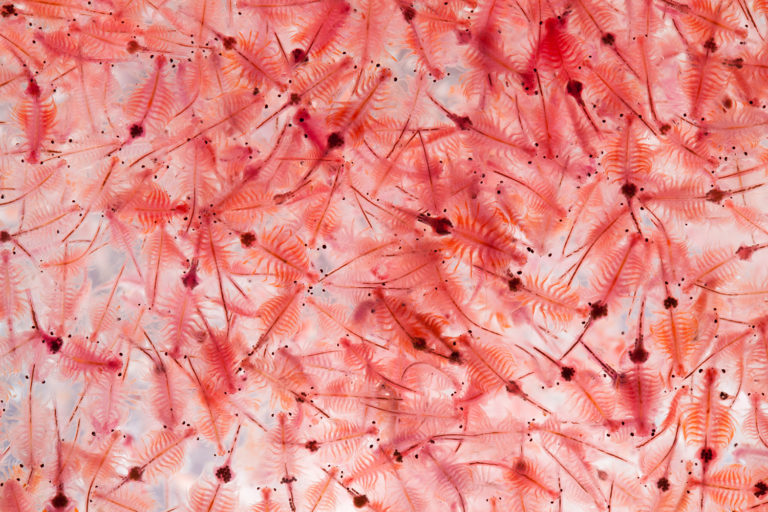
Aquafeeds
Is a ‘baby food’ bottleneck looming for aquaculture?
Global aquaculture, particularly farmed shrimp, depends on artemia for hatchery feeds. Supplies meet current needs, but growth will require alternatives.
Aquafeeds
A modeling evaluation of microalgae production costs in aquaculture hatcheries, along with cost reduction and optimization methods.

Aquafeeds
Global aquaculture, particularly farmed shrimp, depends on artemia for hatchery feeds. Supplies meet current needs, but growth will require alternatives.
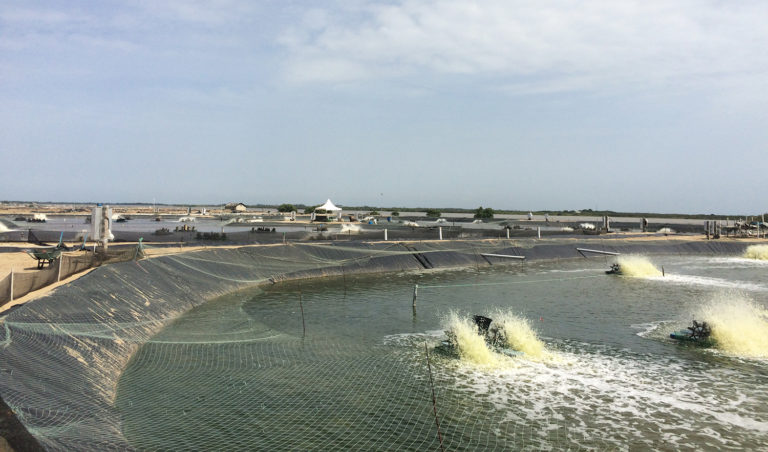
Intelligence
A look at trends in various segments of the shrimp production supply chain in India – hatcheries, farms, feeds and exports – amid COVID-19 restrictions.
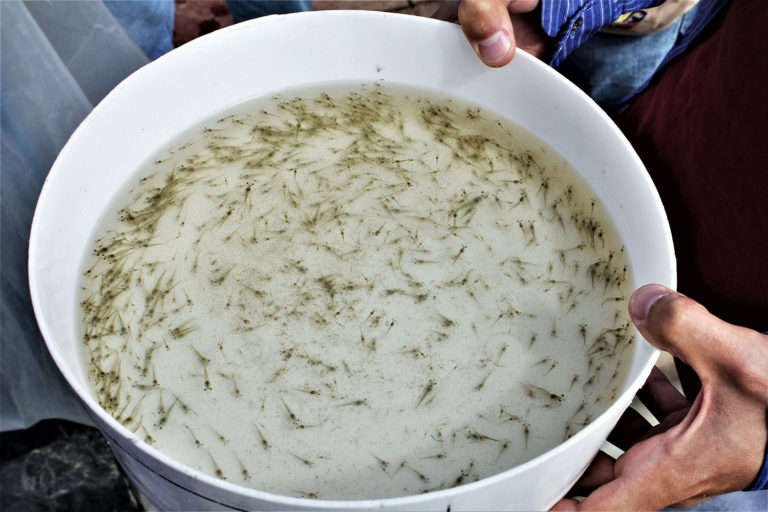
Health & Welfare
This study evaluated through in vitro analyses the antimicrobial effectiveness of natural products used for P. vannamei bacterial diseases and antibiotics against pathogenic Vibrio strains circulating in Ecuadorian hatcheries.
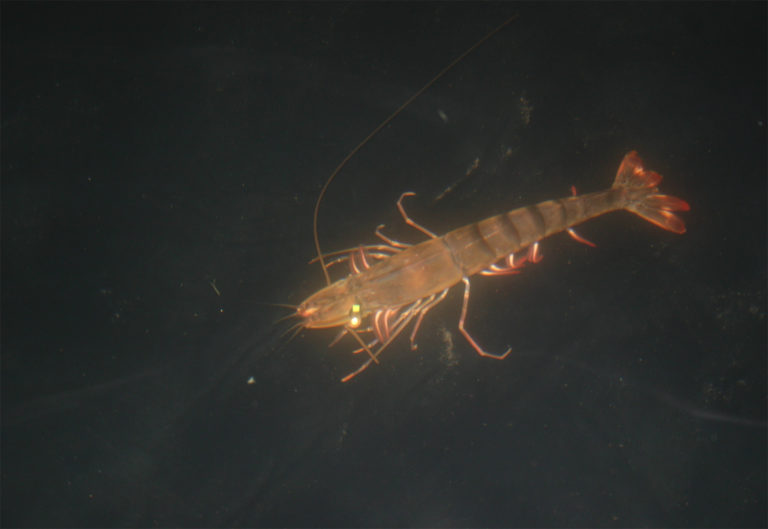
Health & Welfare
A research project aimed at improving shrimp hatcheries’ welfare practices shows there is a viable alternative to a common spawn-inducing technique.
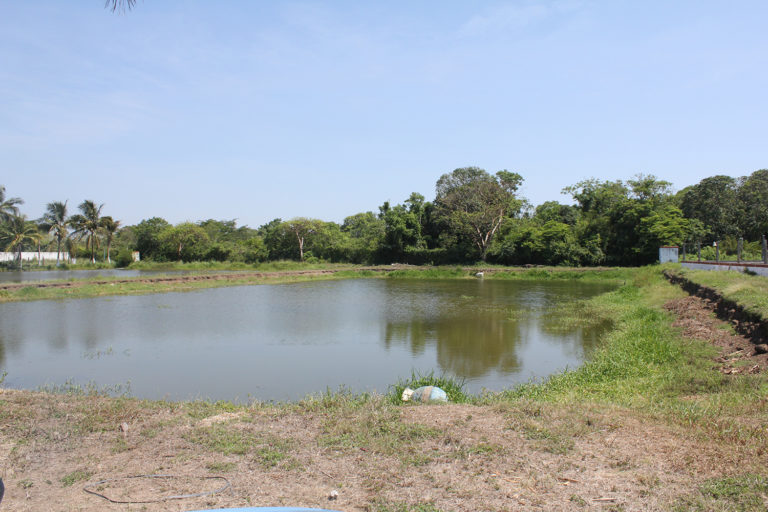
Responsibility
Shrimp hatcheries are highly dependent on continuous availability of clean water and proper treatment of effluents using sedimentation and biofiltration.
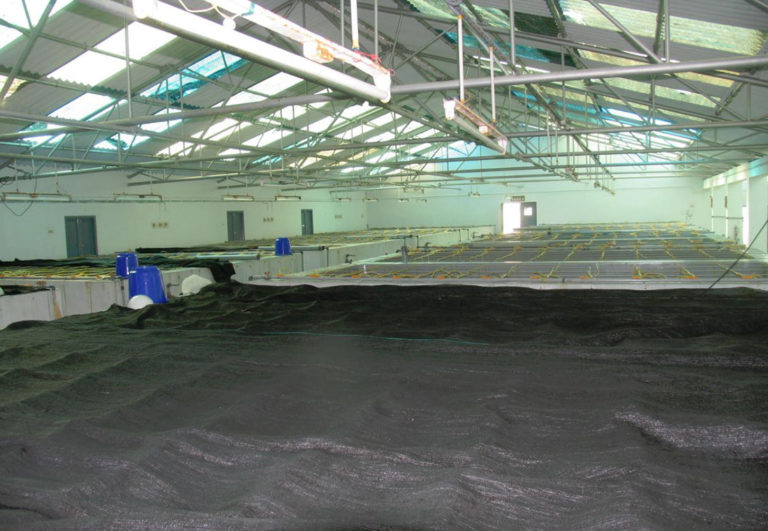
Health & Welfare
In this third and final part, authors present recommendations to help reduce the incidence of Zoea-2 Syndrome, which is not caused by any known infectious agents in P. vannamei hatcheries in India.
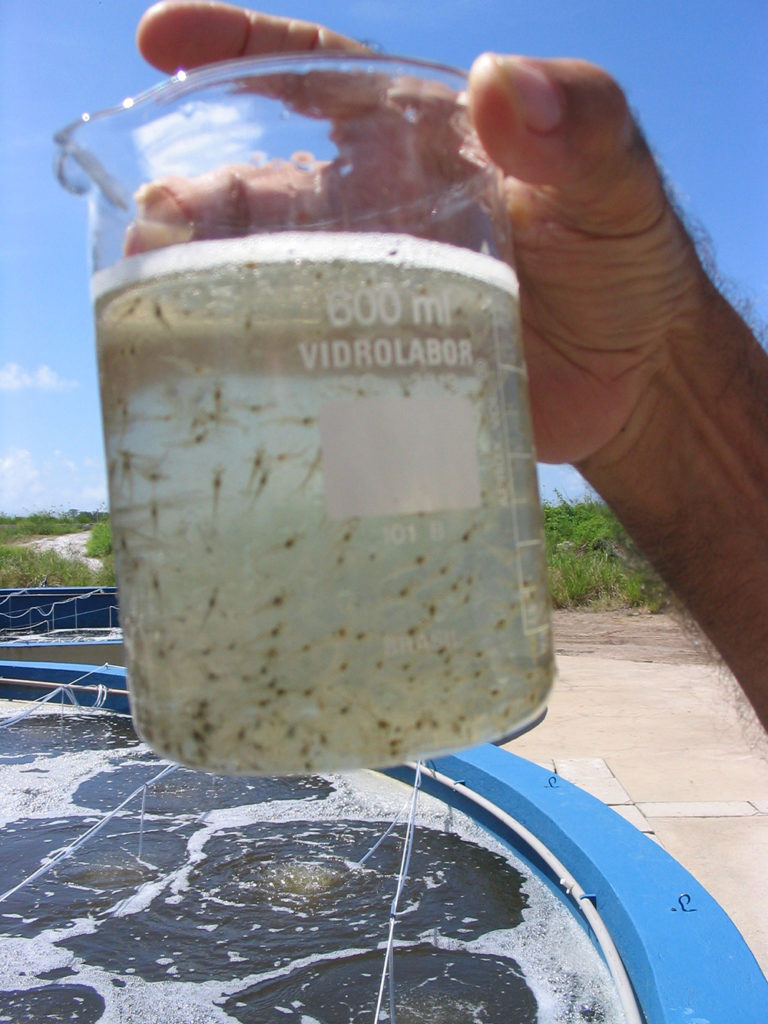
Health & Welfare
Indian shrimp hatcheries have experienced larval mortality in the zoea-2 stage, with molt deterioration and resulting in heavy mortality. Authors considered biotic and abiotic factors. Part 2 describes results of their study.
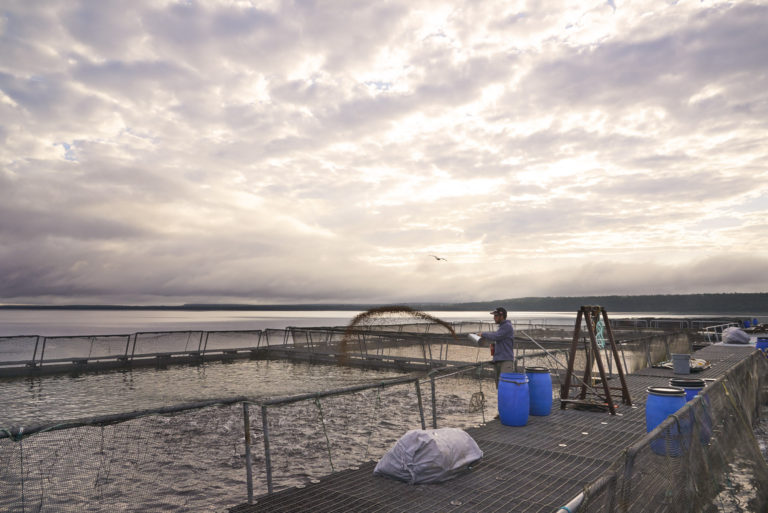
Responsibility
Canada and the United States may be friendly neighbors, but when it comes to aquaculture, the bordering countries take vastly different approaches to aquaculture in the Great Lakes.
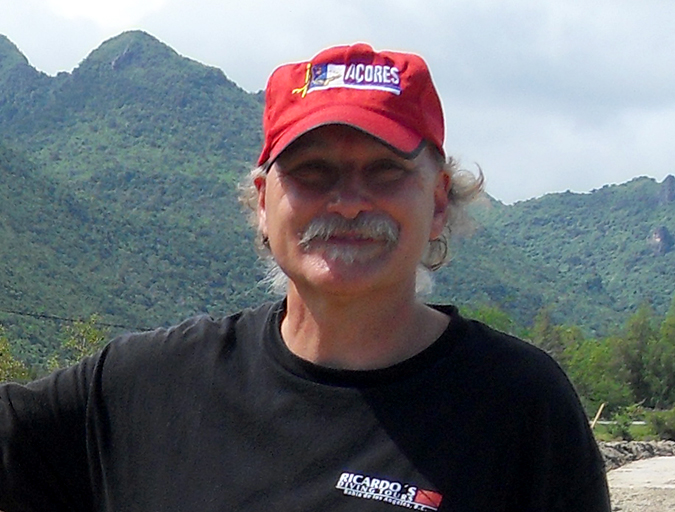
Innovation & Investment
University of New England Professor Barry Costa-Pierce says aquaculture is often neglected in studies examining ocean health and ecosystem and resource management. The “Ocean Prosperity Roadmap” released this summer, he said, was more of the same.
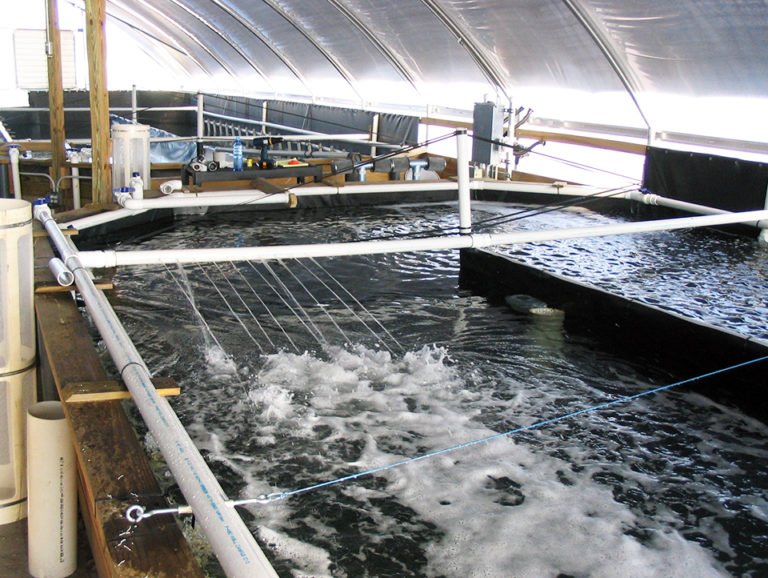
Health & Welfare
The potential shrimp aquaculture has for significant improvements in performance through improved genetics and nutrition will not be fully expressed unless appropriate feeding methods are practiced.
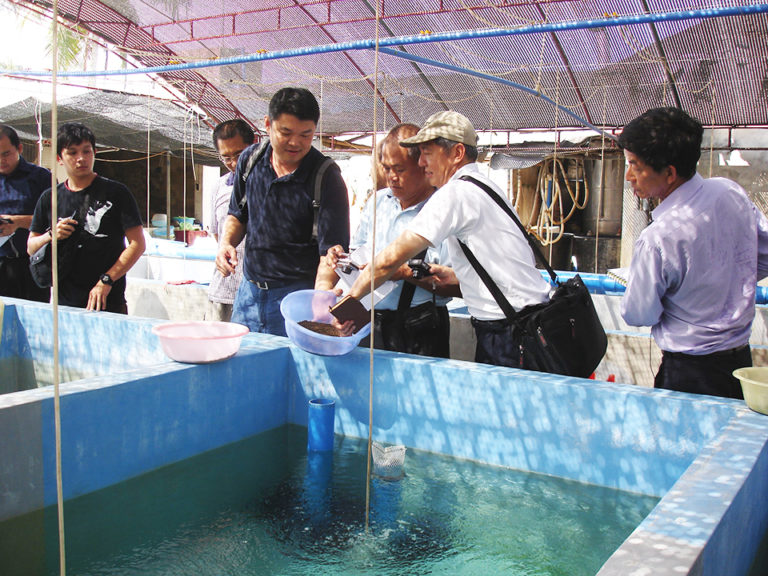
Aquafeeds
In its efforts to advance sustainable aquaculture practices and the use of soy-based feeds in Southeast Asia, the American Soybean Association International Marketing Program (USAIM) has identified several challenges.
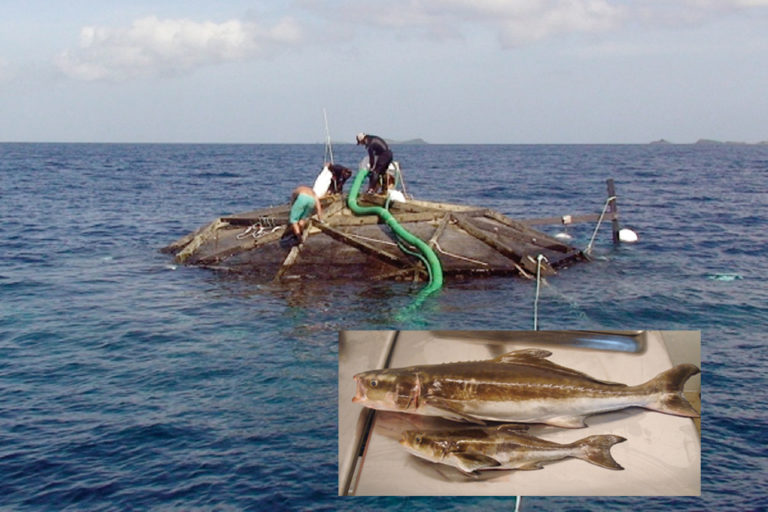
Intelligence
A marine fish species with excellent characteristics for commercial aquaculture, cobia is receiving much attention in Latin American and Caribbean countries.
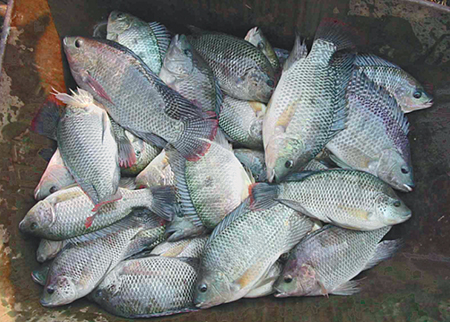
Intelligence
African fish hatcheries were built to produce catfish and tilapia fingerlings, but practices that fail to maintain genetic diversity limit growth performance.
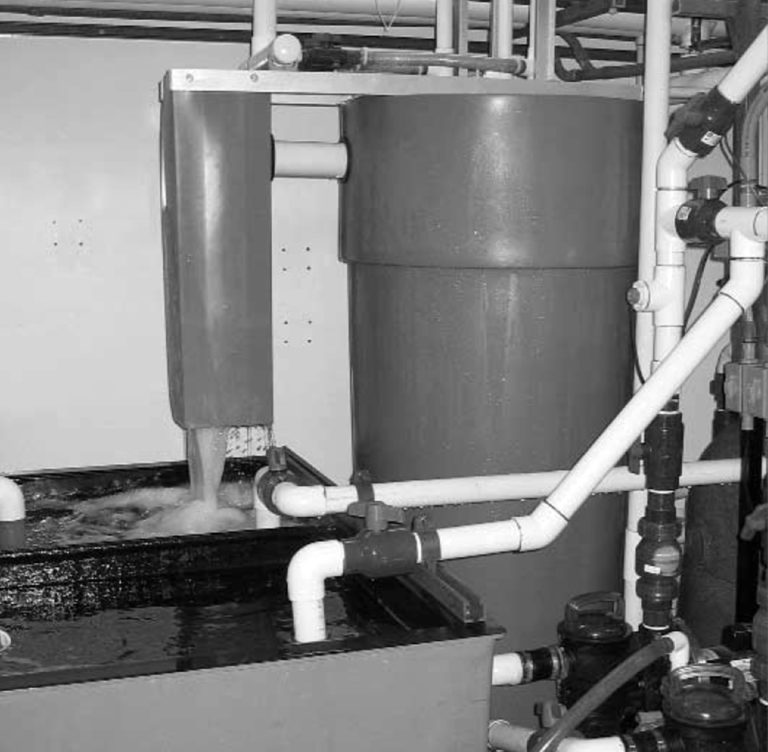
Responsibility
A properly designed fluidized-bed filtration system increases hatchery output by providing a chemically stable, high-quality water supply.
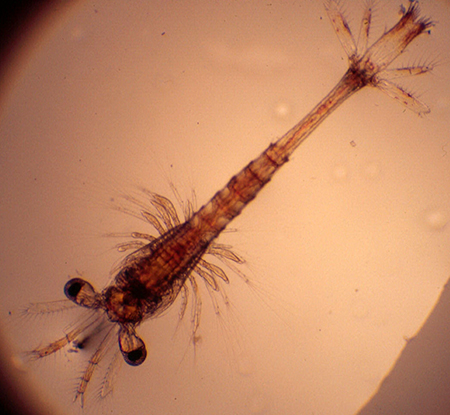
Health & Welfare
The authors developed hatchery techniques for producing Florida’s native pink shrimp for the Crystal River Mariculture Center.